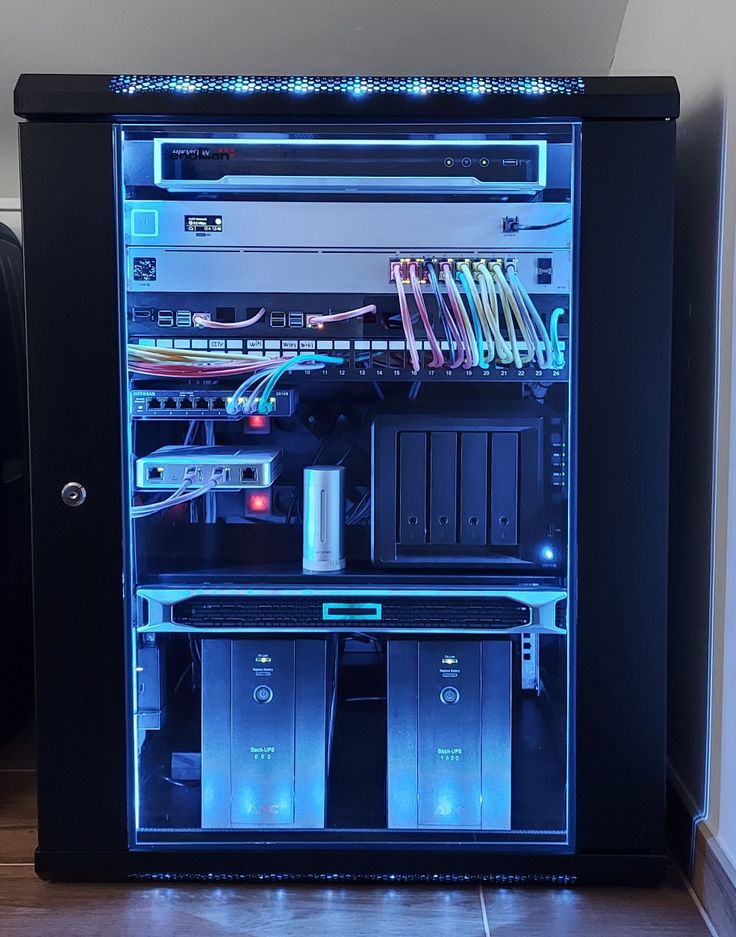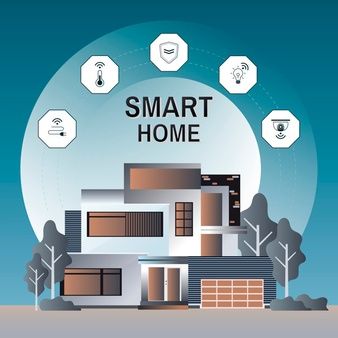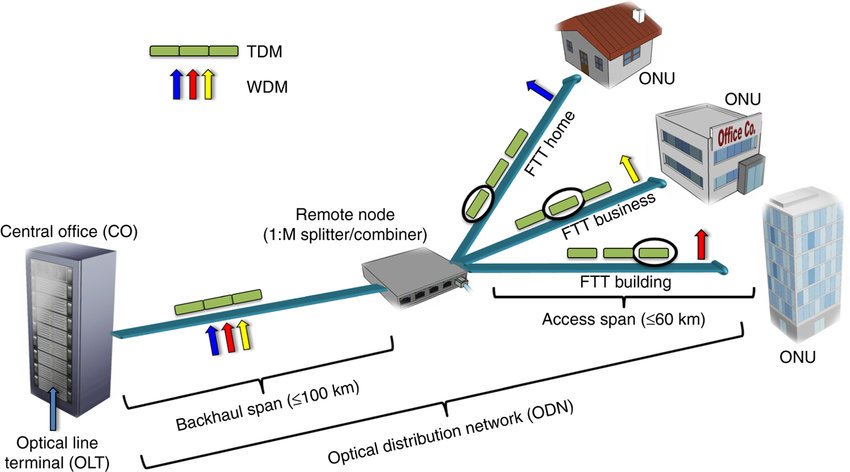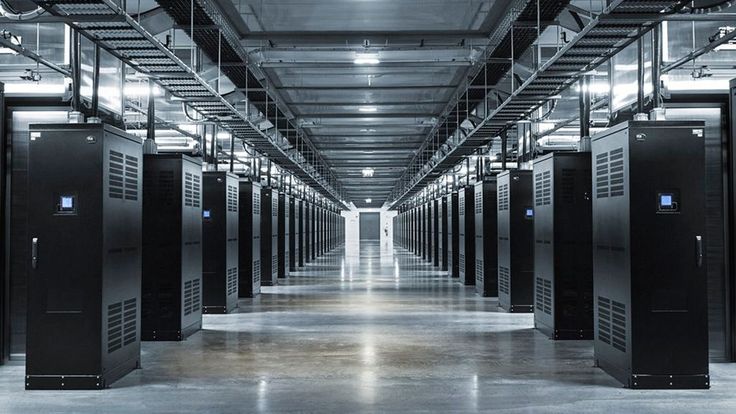How to build a home network media server

Building a home network media server can be a rewarding project that allows you to stream your personal media collection to various devices throughout your home. Here’s a step-by-step guide to get you started: 1. Plan Your Media Server Consider what you need from your media server: 2. Gather Your Hardware 3. Choose Your Operating […]
Role of mesh networks in improving home internet

Mesh networks play a significant role in improving home internet by addressing several common issues associated with traditional Wi-Fi setups. Here are the key benefits and roles of mesh networks in enhancing home internet performance: 1. Extended Coverage 2. Improved Performance 3. Seamless Connectivity 4. Ease of Setup and Management 5. Enhanced Security 6. Redundancy […]
Why you should enable WPA3 on routers

Wireless networks have become ubiquitous, powering a plethora of devices from smartphones to smart home gadgets. With the growing dependence on Wi-Fi, ensuring the security of these networks has become paramount. The Wi-Fi Alliance introduced WPA3 (Wi-Fi Protected Access 3) in 2018 as the latest standard in wireless security, superseding WPA2. Enabling WPA3 on routers […]
Difference between IPV6 and IPV4 and how they work

IPv4 (Internet Protocol version 4) and IPv6 (Internet Protocol version 6) are two versions of the Internet Protocol, which is a set of rules governing the format of data sent over the Internet or local network. Key Differences Between IPv4 and IPv6: How They Work: IPv4: IPv6:
Understanding Internet protocols: TCP/IP and Beyond

Understanding Internet Protocols: TCP/IP and Beyond The Internet is a vast network of interconnected devices that communicate using a suite of protocols. At the heart of this communication is the Transmission Control Protocol/Internet Protocol (TCP/IP). To fully appreciate the significance of TCP/IP and its related protocols, it’s essential to delve into their history, structure, functionality, […]
How OLTs provide internet access

An Optical Line Terminal (OLT) is a critical component in fiber-optic communication networks, particularly in Passive Optical Networks (PONs). Here’s a detailed explanation of what an OLT is and how it provides internet access: What is an OLT? Optical Line Terminal (OLT): How an OLT Provides Internet Access Components and Technologies
What is an xpon router and what does the x stand for?

An xPON router is a type of router used in fiber-optic communication networks, specifically designed for Passive Optical Networks (PON). The “x” in xPON stands for the type of PON technology being utilized. PON is a telecommunications technology that implements a point-to-multipoint architecture, enabling the distribution of data from a single optical fiber to multiple […]
The role of internet in enabling remote work globally

The internet has revolutionized the way we work, making remote work not only possible but also increasingly common. Here are some key ways the internet has enabled remote work on a global scale: 1. Communication and Collaboration Tools 2. Cloud Computing 3. Project Management and Productivity Tools 4. Virtual Private Networks (VPNs) 5. E-Learning and […]
The role and structure of data centres in global internet connectivity.

Data centers play a crucial role in global internet connectivity by housing the infrastructure needed to store, process, and distribute data. They are central to the functioning of the internet, supporting a wide range of services from web hosting to cloud computing. Below is an overview of their role and structure: Role of Data Centers […]
Why fibre internet doesn’t use Modems

Fiber-optic internet is built upon thin glass or plastic fibers that transmit data as pulses of light. These cables can carry vast amounts of information at the speed of light, making them incredibly efficient. Unlike metal wires, fiber optics are immune to electromagnetic interference and have minimal data loss. The backbone of the internet relies on […]
